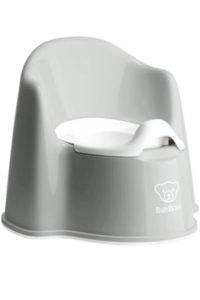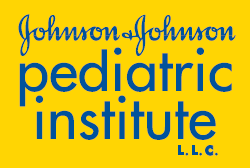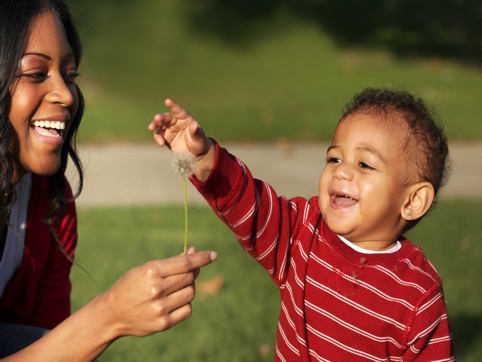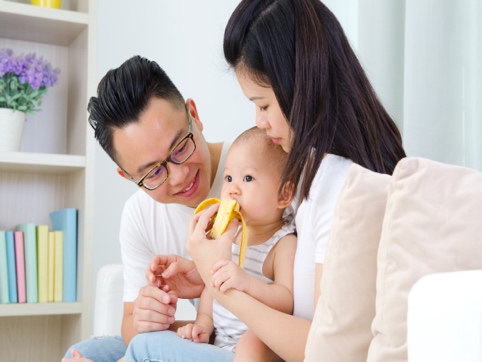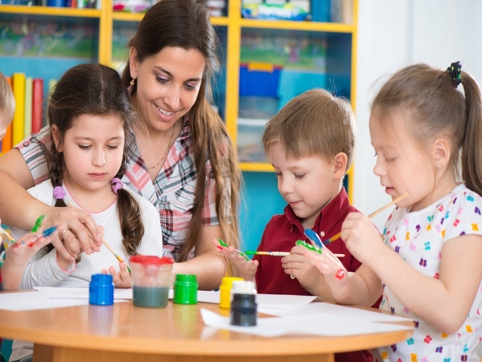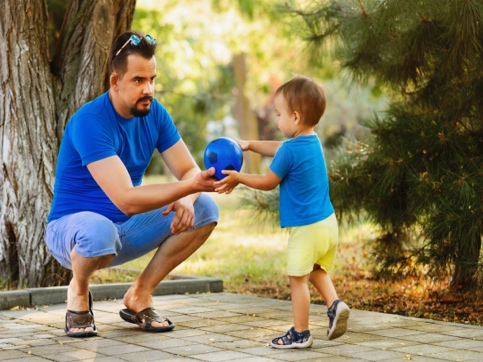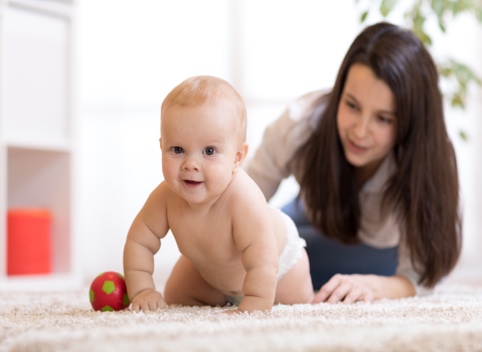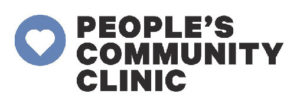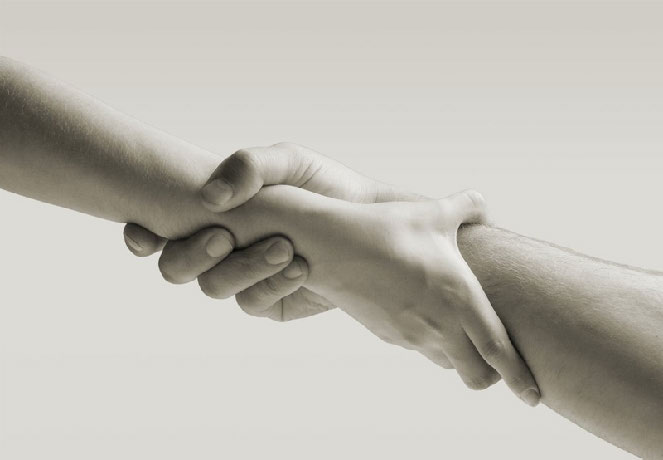Time Outs for 2, 3, and 4 year olds
Quiet time, thinking time, cooling off time.
- Use time for things you cannot ignore, like hurting someone else.
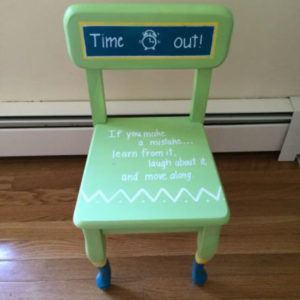 Use a timeout chair at the side of the room.
Use a timeout chair at the side of the room.
- Or use their bedroom for a timeout room.
- If you are away from home, use a chair or bench off to the side of where you are.
Short! One minute for each year of age (2 year olds = 2 minutes). A timer can help.
Tell the child to go to timeout.
- If they do not go, take them by the hand or carry them there.
- Tell them why: “Don’t hit.” “Be kind to your friends.”
If they leave, reset the timer and start over. Ignore tantrums.
- If they try to leave, take them back and start the time over.
- Hold them for 2-4 minutes if needed until they learn that you will not let them leave time out.
When the time is over or timer rings, say “Time out is over. You can get up now.”

